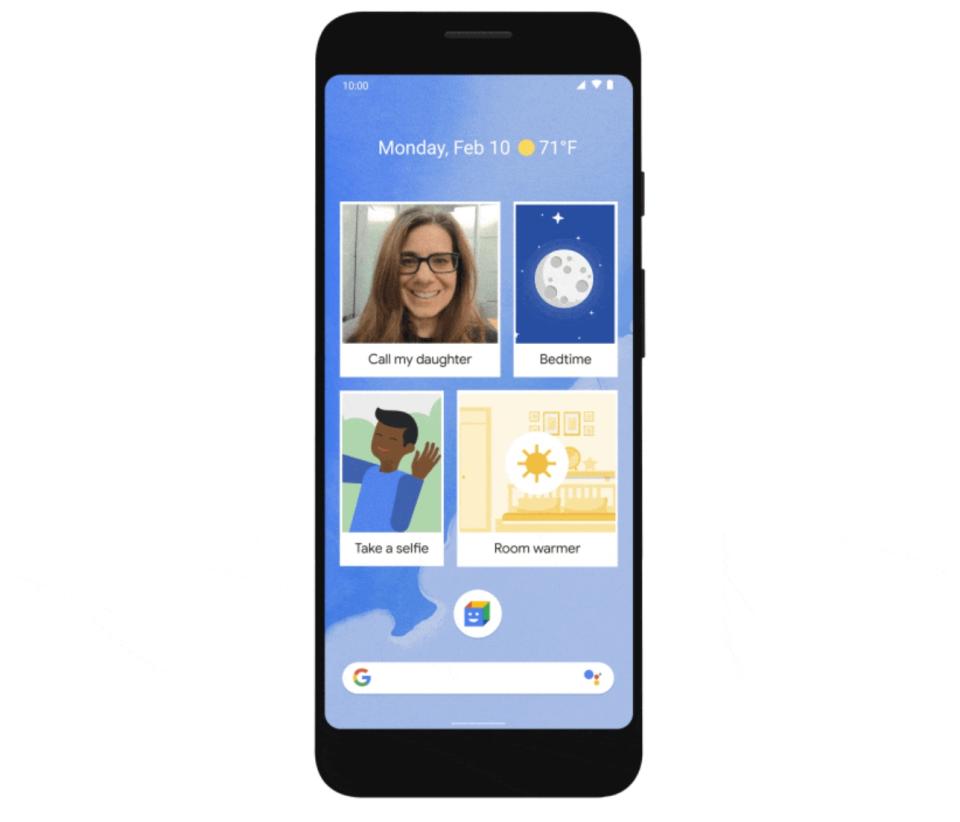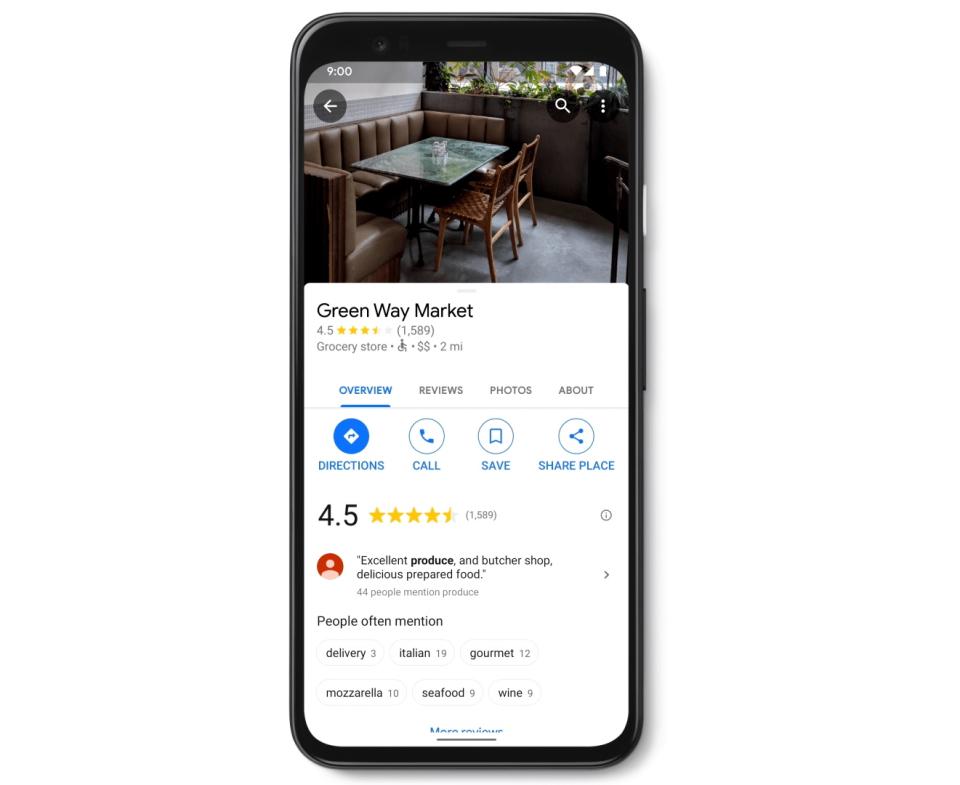Google rolls out new Android and Maps features to assist users with cognitive and physical disabilities

Thursday is Global Accessibility Awareness Day, which seeks to bring attention to the need for accessibility features in the personal technology we use every day.
As part of that, Google (GOOG, GOOGL) is launching a slew of new accessibility options for individuals who have difficulty using their smartphones due to cognitive or physical disabilities, as well as an update to Maps that will give wheelchair users information about the locations that are wheelchair accessible.
For people with cognitive disabilities, Google is rolling out a new Android feature called Action Blocks. Originally announced as a test feature in 2019, the goal of the Action Blocks is to make it easier for someone to access the apps and tools they need without having to navigate various individual menus and settings.
In a demonstration, Google software engineer Ajit Narayanan explained how Action Blocks can be used to set up what are essentially shortcuts for various app actions directly on a user’s home screen.
Take, for instance, video chatting with a family member. Rather than having to open an app, navigating through your list of contacts, and finally launching the call, an Action Blocks’ shortcut can be created by a family member or caregiver so that all of those actions can be performed by tapping a single icon on the device’s home screen.
According to Narayanan, the feature can be used for individuals with Down’s Syndrome, autism, or by elderly users who are in cognitive decline. It’s an impressive effort designed to give users a greater sense of independence and agency.
Google says the app is available through the Android Play Store and is compatible with devices running Android 5.0 and later. That’s a massive swath of existing Android products, meaning it should be accessible to a large number of users.
In addition to Action Blocks, Google is improving its voice and sound functions in Android for people with physical disabilities. The company has improved its Live Transcribe feature to include the ability to make your device vibrate if someone nearby you says your name.
It’s meant to assist people who are hearing impaired who rely on things like lip-reading and sign language to communicate. The company also added the ability to add custom names, places, and objects to Live Transcribe, so that the feature can fully capture how people talk on a regular basis.
So if you want to get a transcription for a specific meal or location, you can add them in the Live Transcribe menu, which will then recognize them going forward.
In a demo, a Google representative named a specific sushi dish he enjoyed, but Live Transcribe was unable to understand it. Once he added the custom word in the settings menu, though, it picked it up without issue. Google is also adding support for additional languages including Albanian, Burmese, Estonian, Macedonian, Mongolian, Punjabi, and Uzbek.

The company has also added Bluetooth functionality to its sound amplifier feature. Now users who are hard of hearing can place their smartphones near things like TVs or lecterns and it will send the audio to their Bluetooth hearing aids or headphones.
Google Maps’ new wheelchair accessibility feature, meanwhile, gives users the ability to see what locations are wheelchair accessible including restaurants, parking lots, and restrooms.
The feature is updated via users or businesses themselves. It’s meant to ensure that all Maps users can take advantage of the service without having to worry about whether or not they’ll be able to get into certain locations.
Users can check it out by enabling Accessible Places in the Maps settings menu. It’s available today.
Got a tip? Email Daniel Howley at danielphowley@protonmail.com or dhowley@yahoofinance.com, and follow him on Twitter at @DanielHowley.
More from Dan:
Microsoft’s Surface Book 3 is a powerhouse rival to Apple’s MacBook Pro
Microsoft debuts supercomputer for developing human-like artificial intelligence
Cisco boasts ‘amazing uptake’ of WebEx as locked-down users users flock to video conferencing
It’s gone ‘shockingly well’: America’s hospitals have embraced remote technology amid COVID-19
Follow Yahoo Finance on Twitter, Facebook, Instagram, Flipboard, SmartNews, LinkedIn, YouTube, and reddit

 Yahoo Finance
Yahoo Finance 
